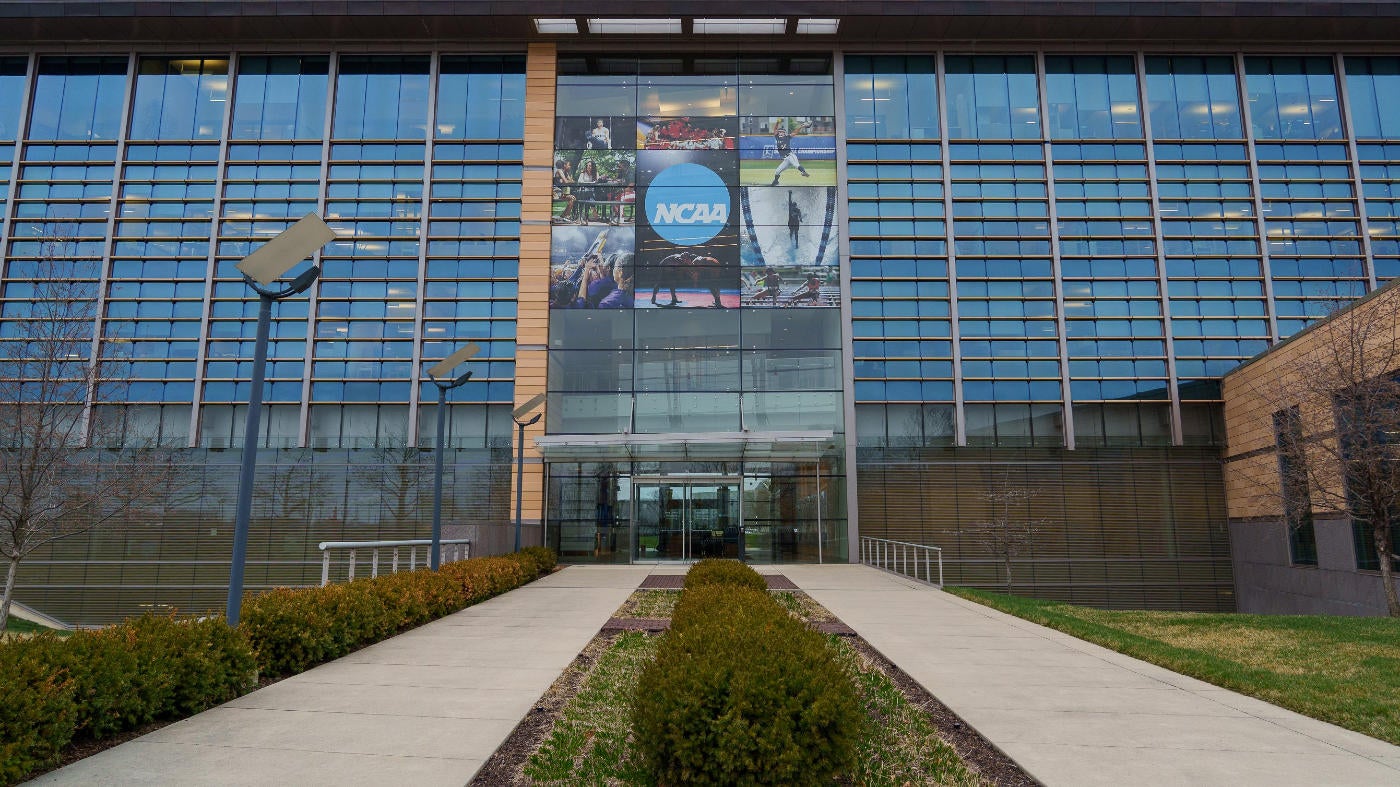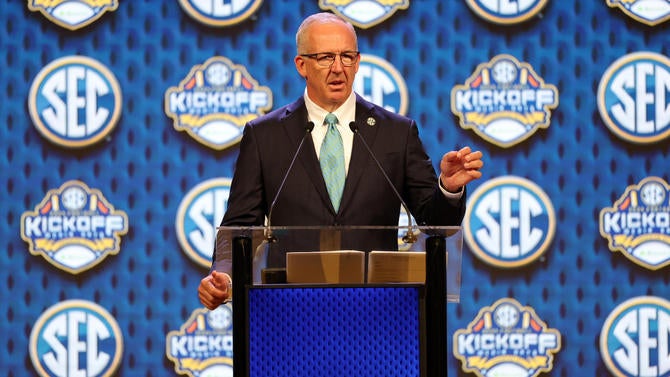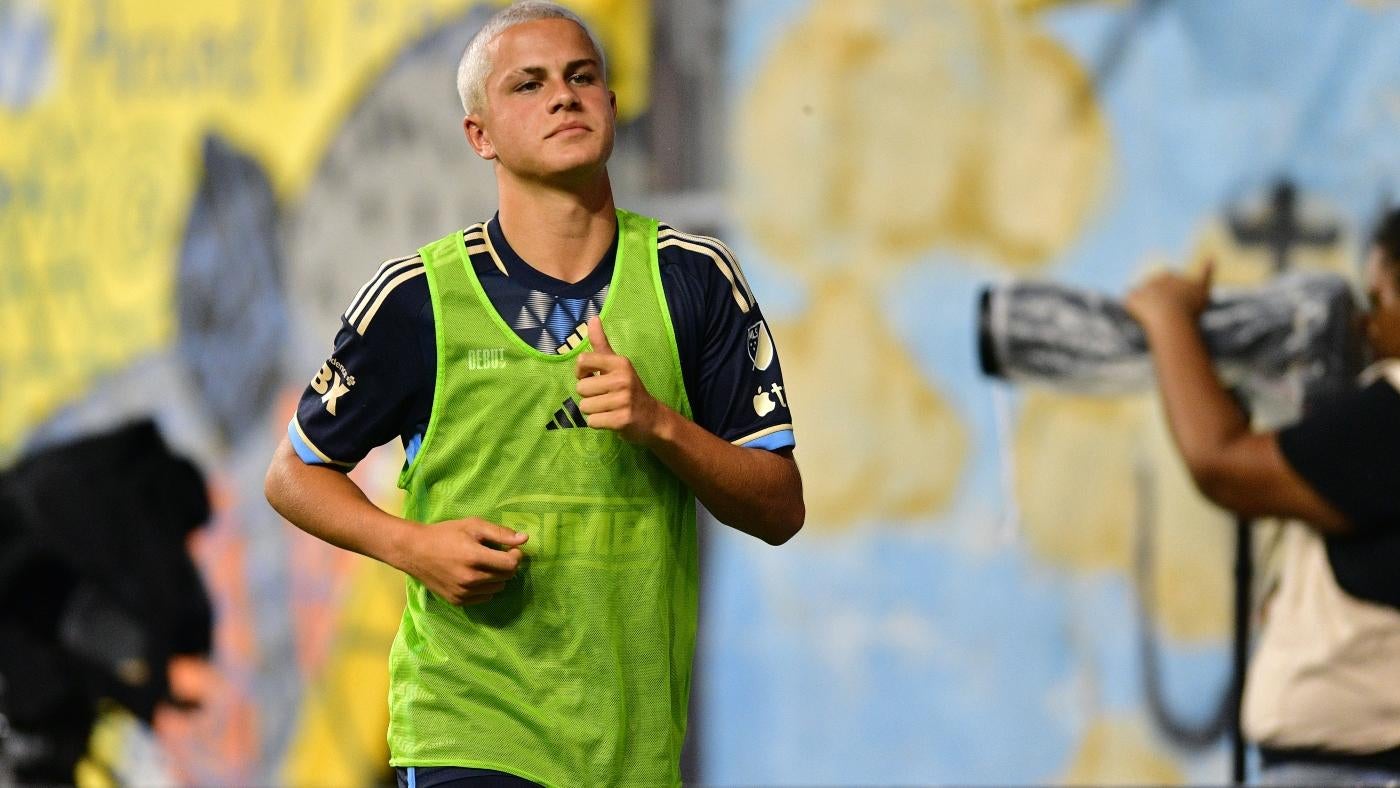How the NCAA’s proposal to let the Power Four form its own governing body would change all of college sports
Written by CBS SPORTS ALL RIGHTS RESERVED on July 17, 2024

DALLAS – College athletics continues to rip off the Band-Aid of change all at once.
Late last month, NCAA president Charlie Baker presented to the NCAA Council a structure for a separate governing body involving the Power Four conferences, a person with knowledge of the meeting told CBS Sports.
In its rudimentary form at this point, the initiative should be considered one of the most dramatic shifts in the Power Four’s desire for more control since autonomy debuted in the months following the 2014 NCAA Convention. That began the process toward cost of attendance and gave the then-Power Five more legislative leverage.
Apparently not enough. Yahoo Sports reported last month Baker revealed a new governance structure to all 32 Division I commissioners during the annual Collegiate Commissioners Association meeting in Naples, Florida. Jenn Fraser, NCAA managing director for Division I, assisted in the presentation.
Sources indicated there was acrimony and concern among smaller conferences when it became evident the structure would favor the Power Four. The initiative continues. A person with knowledge of the latest NCAA Council meeting told CBS Sports, “This was one of the more compelling presentations just in terms of the reality of where we are in college sports.”
That source said after viewing Baker’s presentation that it would create, “essentially two different Division I’s.” Division I hasn’t subdivided since 1978 when Division I-A (now FBS) and Division I-AA (FCS) was created for football.
While the Council presentation during the June 25-26 meeting was short on specifics, it’s clear the NCAA is headed toward a further power shift. Such a move would bifurcate the 40-member Division I Council that is responsible for the day-to-day operation of the NCAA. Power conference administrators have long been frustrated at both the composition and voting structure of the Council.
Currently, only 14 of the 40 members on the Council are from Power Four conferences. The concern among those power conferences is that Council members who had no stake in an issue had the power to vote it up or down.
CBS Sports put the subject to one powerful Power Four administrator this way:
“You essentially don’t want a Division III president voting on roster caps.”
(Roster caps are a controversial issue involved in the House settlement.)
“Correct,” that person said.
The Power Four could conceivably more efficiently address such issues as transfer portal windows and the recruiting calendar, perhaps even establishing its own enforcement process.
In 2014, the Council was expanded and reorganized to give weighted voting to the Power Five. Those conferences got 37.5% of the weighted vote on any subject. The Group of Five got 18.8% of the vote. That meant the remaining 43.7% was split between FCS, player reps and faculty athletics representatives.
In the 10 years that followed, it was apparent that advantage wasn’t enough.

“Not everybody in Division I needs to be involved in the same decision making the same way,” SEC commissioner Greg Sankey told CBS Sports this week at the SEC Media Days. “Some of those involved in Division I cannot be in the habit of creating risk for others in Division I. Those are hard issues.”
Sankey is a member of the Council.
Something must happen because of the implied threat. The Power Four has the means to formally break away and stage its own football playoff – at least. While none of that is imminent, the conferences have been throwing their weight around to speed up change.
Sankey emotionally voiced his frustrations at NCAA governance last month.
College sports continues to change at a dizzying pace. Earlier this year, the Big Ten and SEC formed what was called a joint “advisory group” to address “significant issues in college athletics.” That was viewed by some outside those two conferences as a threat.
In the same time frame, the Big Ten and SEC essentially demanded an unprecedented 58% combined share of revenue in the new College Football Playoff media rights contract. The development did not go over well with the eight other FBS conferences, but has settled in as a new reality.
The money continues to flow to the top, where the most influential schools are responsible for the most popular content.
“I live by the value equation,” Big 12 commissioner Brett Yormark said at last week’s conference media days. “Those who create value deserve to be rewarded.”
College basketball’s NCAA Tournament is increasingly seen as the fabric holding the association together in these turbulent times. Major-college football has essentially become its own division with the emergence of the College Football Playoff.
Short of an actual breakaway by the Power Four, a further separation of Power Four schools from the pack is almost certain. They’ve already separated themselves financially and in recruiting.
But will now be a reckoning for a subset of those schools within the 68-member Power Four (ACC, Big Ten, Big 12, SEC) who will have to make a decision on if they will fully fund revenue sharing resulting from the recent House v. NCAA settlement proposal?
If the settlement is approved, those Power Four schools would have the option of funding revenue sharing for athletes up to $22 million annually for the next 10 years.
“I’m convinced that as soon as Charlie [Baker] gets the House settlement off his plate … he’s going to work on a new infrastructure to implement all this stuff for the Power Four,” said consultant and former West Virginia AD Oliver Luck. “We’ll see who’s paying and who’s not. I think most will try. I can’t imagine that a lot of the schools in the middle to lower tier are going to be able to find that $20 million.”
Sankey said Baker continues to refine and follow up on his Project Division I proposal revealed in December. The plan would have created a new subdivision that would have required schools to contribute to a trust fund to pay players.
“My takeaway was he went through Project Division I and really things have changed substantially since then so here’s a new model to prod the conversation,” Sankey said. “I don’t view that as a destination point [at the moment]. I think there are ideas still to come.
“My feedback was, there is kind of this bifurcation but at the top you’re still under some common heading [with other schools]. If you go into rooms and just create legal [issues] that doesn’t work for either of us.”
In 2013, a little-known proposal by NCAA faculty athletic representatives called for a separate governance structure for the 10 FBS conferences.
The proposal resembled a so-called ‘federated’ structure, a long-standing concept that has made the rounds over the years at various times. Either divisions or sports — or both — would be aligned along more among common interests. For example, one ongoing idea was to have major-college football run by a board of directors with an overall chairman or commissioner.
That essentially is what the faculty athletic representatives were proposing. The FBS board of directors would have included one CEO from each of the 10 FBS leagues.
A separate management council of FBS would be populated by one AD and one FAR from each FBS conference. The idea is for college athletics’ main stakeholders to take a leadership role and to streamline a bogged-down NCAA process.
Eleven years later the struggle continues.
The post How the NCAA’s proposal to let the Power Four form its own governing body would change all of college sports first appeared on OKC Sports Radio.





